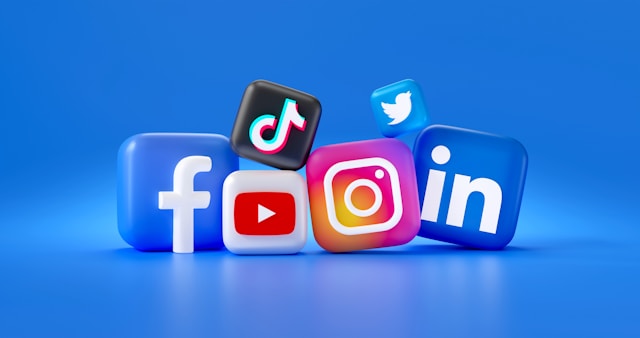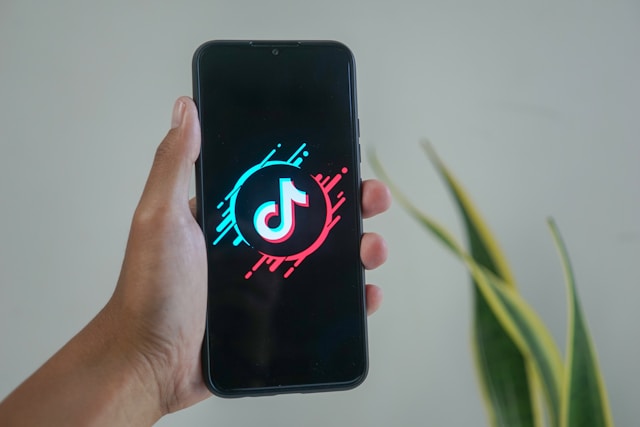How Did TikTok Get Its Name?
What’s the lowdown on TikTok’s origins? How did TikTok get its name? Why does it use that logo? Let’s dig deep into the history of this massively popular video-sharing platform and trace it back to its humble origins.
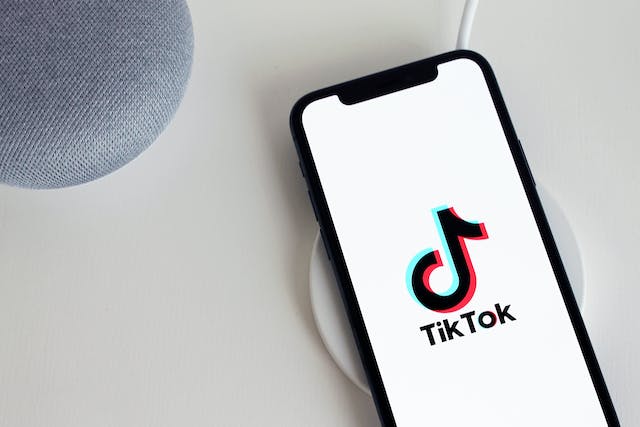
TikTok Etymology: How Did TikTok Get Its Name?
When you hear “TikTok,” three things immediately come to mind. The first one is the popular video-sharing platform. The second is Kesha’s catchy song from 2009, which, coincidentally, spells the word the same way. And the third is the sound we attribute to a ticking clock.
So, how did the “TikTok” name come to be? While some countries have banned the app, TikTok is a household name in most parts of the world. The name is instantly recognizable, and people immediately think of the app before they think of Kesha’s song or a clock.
TikTok’s etymology is quite straightforward. ByteDance, which owns the platform, derived the name from the “tick-tock” sound a pendulum clock makes. The word “TikTok” describes the quick and snappy videos on the platform. It’s a wordplay that refers to how each “tick” and “tock” of a clock’s pendulum marks the passing of a single second.
Here’s a fun trivia for you. Did you know that everywhere in the world except China, everybody calls the platform TikTok? In its country of origin, TikTok is known as “Douyin,” which means “shaking sound.”
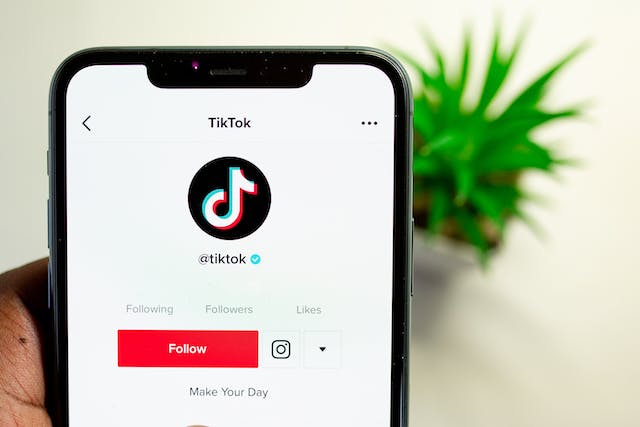
TikTok: A Brief History
TikTok has many claims to fame. TikTok’s history in numbers is a testament to its meteoric success. It went from zero to 100 million in 500 days, reaching one billion monthly active users in only five years. In comparison, Facebook, Instagram, and YouTube reached the one-billion milestone eight years after their respective launch dates. Twitter has yet to breach the same mark.
The platform is a bona fide social media trendsetter and innovator. It has given birth to countless viral videos and catapulted a multitude of creators into celebrity status. Its recommendation algorithm is arguably the most effective and satisfying out there.
We can trace TikTok’s origins back to the inception of two separate apps. Here’s a brief timeline of TikTok’s early beginnings:
- In 2014, developers of Musical.ly released the short-form video app in the US and China in an attempt to duplicate the popularity of a similar app, Vine. The platform, which allowed users to post short lip-sync and dance videos, established a stronger foothold in the US than in China.
- In 2016, another similar app, A.me, was developed for the Chinese youth market. The developers rebranded the app into Douyin two months later.
- In 2017, ByteDance released Douyin to international users as TikTok. ByteDance, the owner of TikTok, also acquired Musical.ly the same year.
- In 2018, TikTok merged with Musical.ly.
What About the TikTok Logo?
Many look at the TikTok logo and see a music note. Considering TikTok’s early years as a platform for sharing lip-sync and dance videos, thinking that the logo depicts a music note seems logical. And the fact that TikTok assimilated its predecessor, Musical.ly, makes the logo’s resemblance to a music note a nice coincidence.
However, the TikTok logo is actually a stylized lowercase “d” and refers to the app’s Chinese version, Douyin.
The TikTok logo has mostly stayed the same since its first iteration as the A.me app and then Douyin in 2016. The original logo was the black, stylized, lowercase “d” on a white background; other times, the logo is white on a black background. Cyan and fuschia “shadows” in the same shape create the illusion of movement. This illusion is a nod to Douyin’s English translation, “shaking sound.” Because it still represented Douyin, the logo stood alone, sans any name.
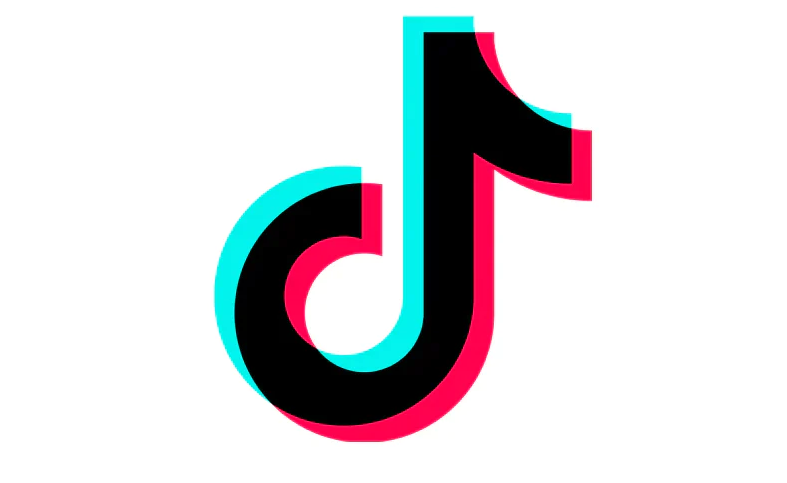
In 2017, when ByteDance released the app internationally as TikTok, the company also added the TikTok name below the logo. Initially, the name appeared as two separate words, “Tik Tok.” The TikTok font was a basic sans-serif.
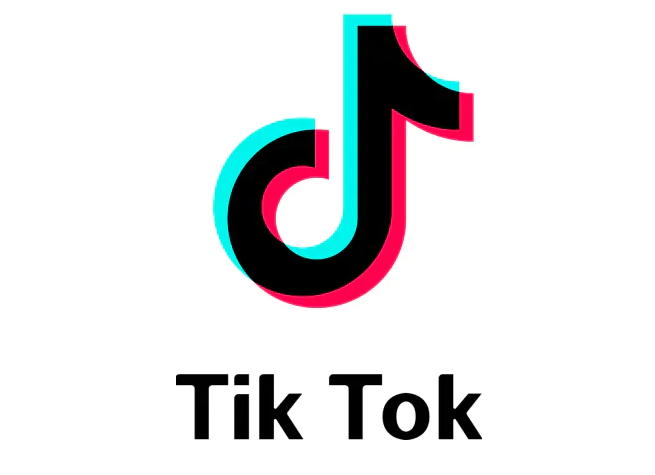
In 2018, ByteDance redesigned the name. “TikTok” became one word, and the “o” also featured the same cyan and fuschia color accents as the logo.
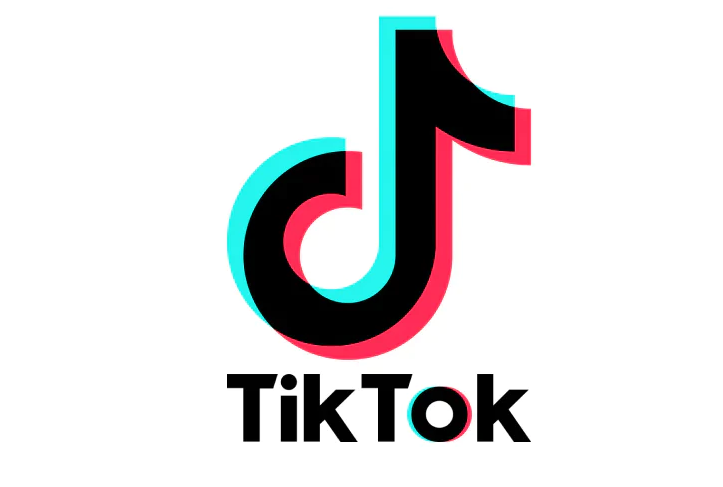
The logo design has remained constant, but the TikTok name got another makeover in early 2013. Its latest iteration features a bespoke TikTok Sans typeface. The typeface features “simplified and distinguished” letters with bigger openings and clearer strokes.
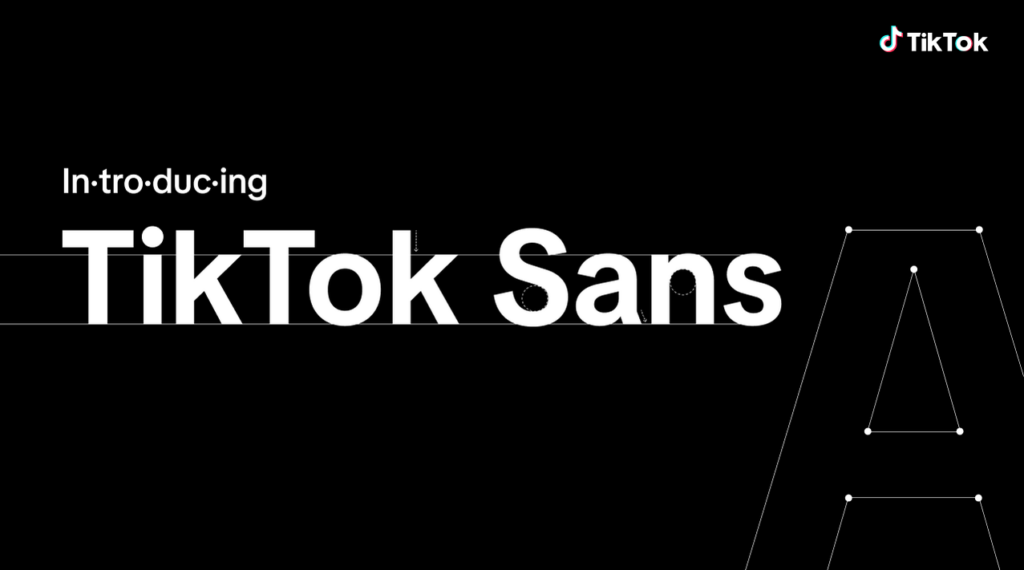
It’s Not Too Late To Hop on the TikTok Hype
You can start on TikTok today and still experience faster growth in a few months than what you’ve already achieved on other platforms. Especially if you’ve already established a presence on Facebook or Instagram, building awareness for your brand on TikTok would be easy peasy.
TikTok has come a long way — from its days of lip-sync and dance videos to today’s professional-quality videos created with advanced mobile editing tools. Obscure and niche brands and creators have the same opportunities to reach their target audiences as those with massive TikTok followings. This mirrors TikTok’s unprecedented growth in such a short time despite fierce competition with longer-established platforms.
The TikTok hype doesn’t show any signs of fading any time soon. This is because its algorithm remains the most capable when it comes to satisfying every user’s content consumption needs. Early social media pioneers Facebook and Instagram have tried to mimic TikTok’s short-form video content formula. But, they have yet to duplicate the original’s success in generating high and sustained engagement.
Answering the question, “How did TikTok get its name?” should give you a good idea of how the platform did things right from the get-go. Take a page out of TikTok’s playbook and start your TikTok growth journey on the right path. Sign up for a High Social account to reinforce your AI-powered, audience-targeting advantage. High Social’s advanced, proprietary AI technology delivers the same intuitive and precise matchmaking capabilities of TikTok’s algorithm. Start growing your TikTok today!
TikTok 101



